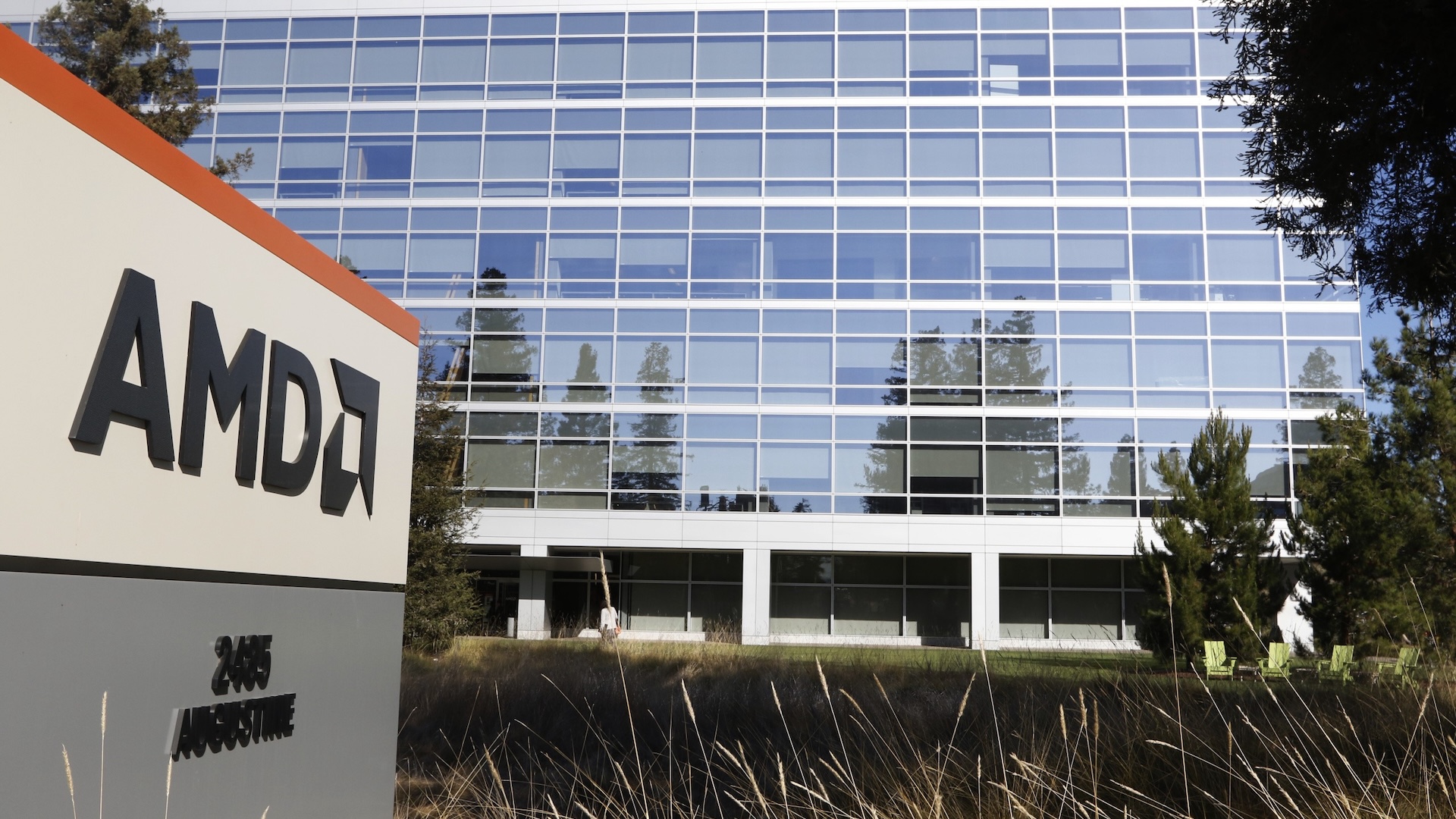
Multiple reports, citing sources at laptop OEMs, have covered what is said to be poor support, chip supply, and communication from AMD with its laptop partners, leading to generally poor execution. Chip consultancy firm AC Analysis says AMD's shift of focus to AI and data centers has led to a "'Cold War ice age' in relationships with OEMs," leading to a loss of trust from its partners. Also, a German media outlet, ComputerBase, reports complaints from OEMs that AMD's frosty relationship and poor execution have "left billions of US dollars lying around" over the years due to lost sales.
AC Analysis says AMD is prioritizing enterprise chips over its consumer offerings. It cites several of AMD's laptop OEM partners who have complained about “miscommunication, unfulfilled promises, and generally poor treatment” from the company, "reminiscent of Intel’s behavior during its dominant years."
The respected German outlet ComputerBase reports that, based on its discussions with several laptop OEMs, AMD continues to suffer from many of the same problems it has experienced in the past. Poor supply and related issues have resulted in a lack of new Strix Point laptops coming to market. In fact, a manufacturer told Computerbase that "AMD has probably 'left billions of US dollars lying around' with its many partners over the years."
Because of this, OEM's reception of AMD's Strix Point chips was a bit lukewarm despite enthusiasm from consumers. At the time of writing, BestBuy only offers three brands that carry these chips—Asus, HP, and MSI—with HP and MSI offering one option each, while Asus offers 13 models powered by an AMD Ryzen AI 300 series chip. AC Analysis says the Lenovo Yoga Pro 7 Gen 9 will come with the new AMD processor, but it’s not yet available on Lenovo’s US site.
On the other hand, Qualcomm’s launch of the Snapdragon X processor was hotly anticipated by the general public and laptop manufacturers. Seven brands launched 12 different models that used the new Arm chip, with more models expected to arrive in the coming weeks and months. That's surprising, given that Qualcomm is a newcomer to the market.
Naturally, both lag far behind laptop goliath Intel, which has 80 Lunar Lake laptop designs racing to market.
While AMD's relationships and performance with some OEMs are apparently lacking, it's still slowly gaining market share over its traditional competitor, Intel. Team Red's laptop market share has finally reached 19%, but with the caveat that the gains have come after seven long years of its comeback with Ryzen, with the company often gaining fractions of a percentage point of share per quarter. It's safe to assume that a more robust chip supply and tighter relationships with OEMs would accelerate those gains.







